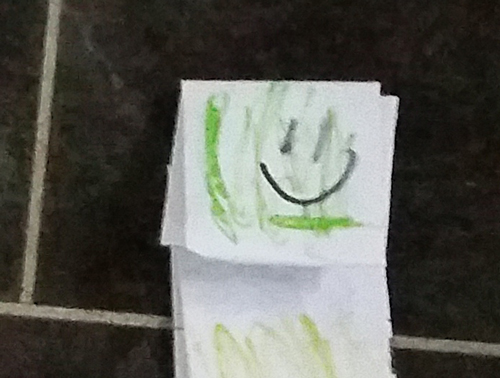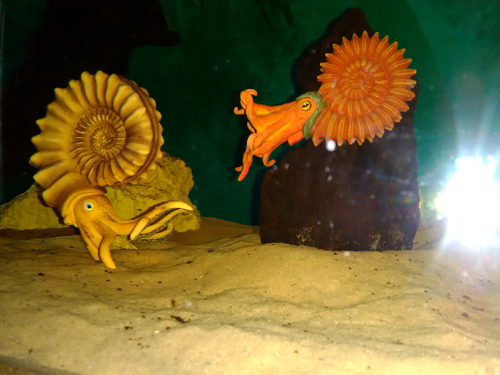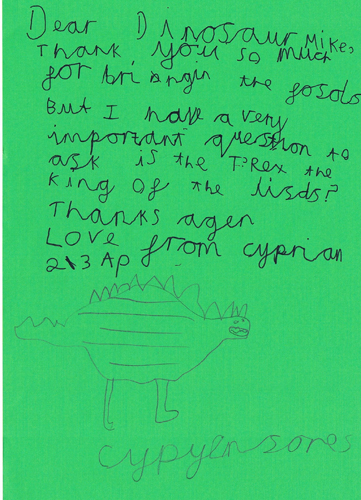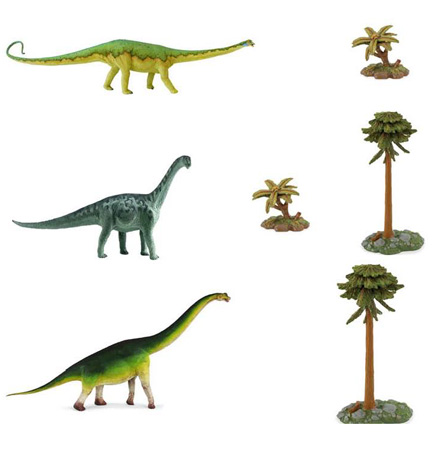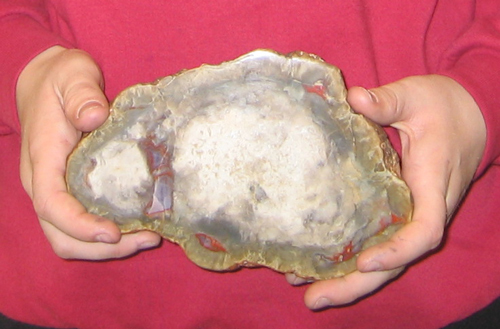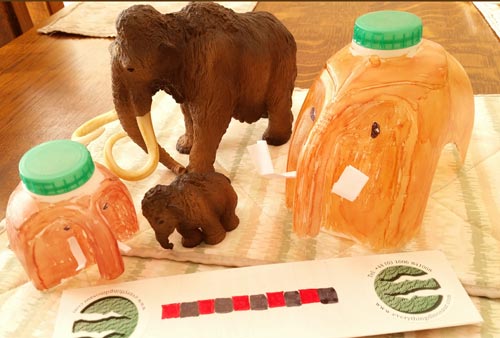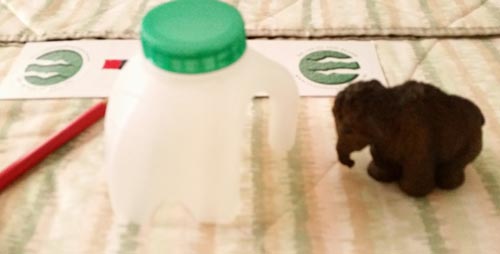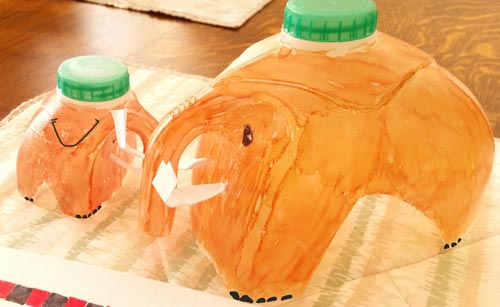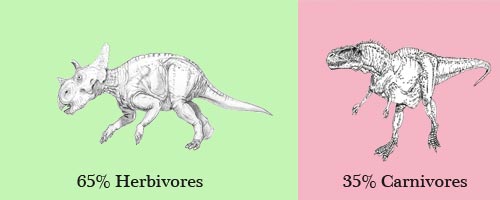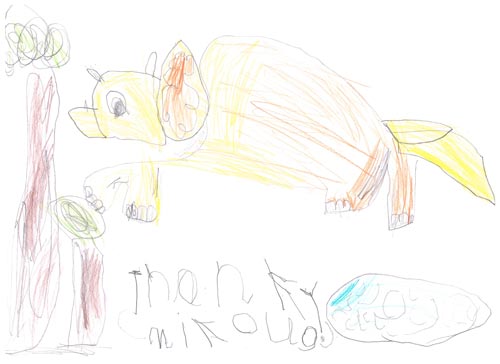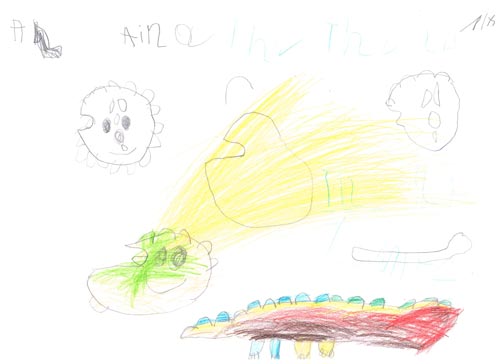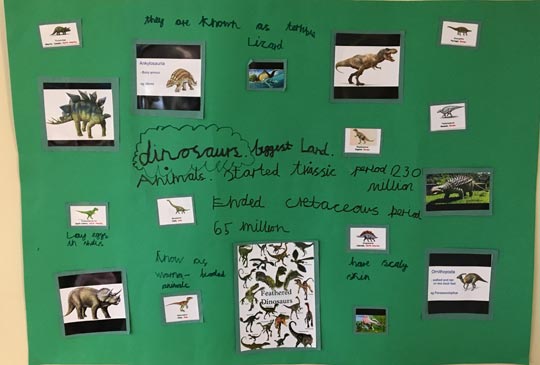Articles that focus on teaching ideas and activities aimed at Key Stage 1 and Key Stage 2.
Happy Smiling Dinosaurs Delight Young Children
Year 1 Make Paper Dinosaurs
After a busy morning delivering two dinosaur themed workshops to Year 1 classes at Prescot Primary, our dinosaur expert was presented with a couple of paper dinosaurs that some of the girls had made. Origami dinosaurs, what a super idea! Rolled up white paper is a cheap and effective way to make pretend dinosaur bones for use in art classes building dinosaur skeletons, but we had not been presented with paper dinosaurs before. The two dinosaurs, one a herbivore, the other a carnivore (we explored these terms along with omnivores with the children), had huge grins on their faces, they look like very happy dinosaurs to us.
Dinosaur Themed Workshops
Prescot Primary and the Paper Dinosaurs
Picture credit: Everything Dinosaur
Our dinosaur expert was informed that one of the models was a Diplodocus, the other a Tyrannosaurus rex. During the visit to the school by Everything Dinosaur, we were asked lots of questions by the children (and the teachers too). We were asked how to pronounce Diplodocus? Good question, we tend to pronounce this long-necked dinosaur as “dip-ploh-de-kus”, whilst others prefer to use “dip-ploh-dok-us”, both forms of pronunciation are fine by us.
Questions About Dinosaurs
Other questions included wanting to know whether dinosaurs were warm or cold-blooded, were dinosaurs fluffy and whether chickens were in fact dinosaurs?
To view a range of fluffy, soft toy dinosaurs: Dinosaur Soft Toys.
What a super set of questions from Lower Key Stage 1.
Very Big Smiles on the Dinosaur’s Faces
Picture credit: Class Y1G and Everything Dinosaur
Palaeontologists have suggested that dinosaurs might have had lips. Perhaps they could pull faces, maybe they were even capable of smiling, now there’s an interesting thought, something to explore with Year 1 as an extension after the dinosaur workshop in school.
To read an article published by Everything Dinosaur that examines the research into whether dinosaurs had lips or not: Dinosaurs Had Lips.
Everything Dinosaur
A spokesperson from Everything Dinosaur thanked the children for their questions.
The spokesperson stated:
“It was fun working with the children. The paper dinosaurs that the children made were wonderful.”
Visit Everything Dinosaur’s website: Everything Dinosaur.



